Nunavut's World-Class Trophy Fishing and Hunting
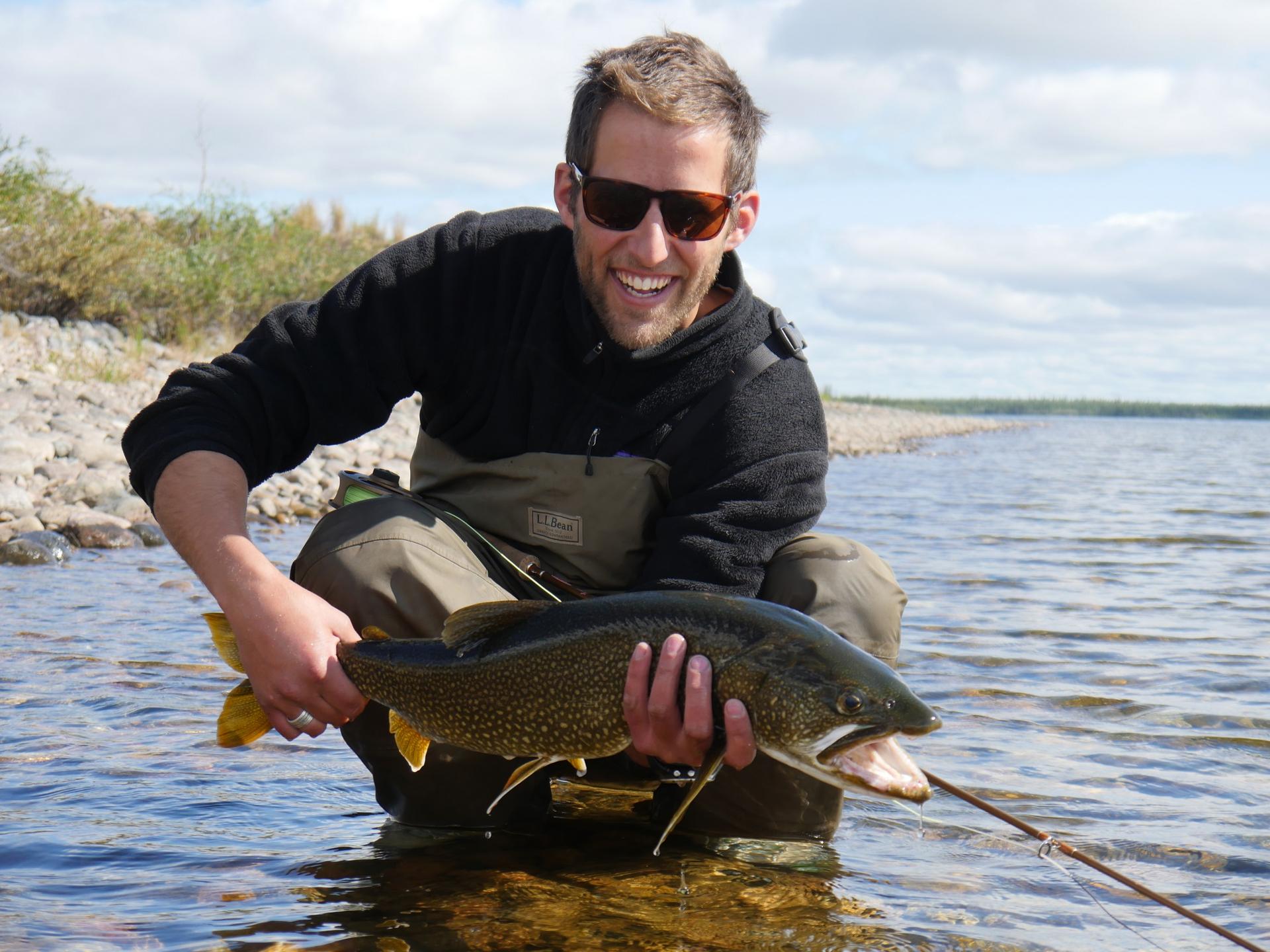
In Canada’s north, not far from the Arctic Circle, you’ll find some of the country’s best fishing and hunting. Despite the at times difficult climate, Nunavut is home to an incredible array of animals within steps of many local communities.
With local Inuit to guide you, embark on the angling and hunting journey of a lifetime.
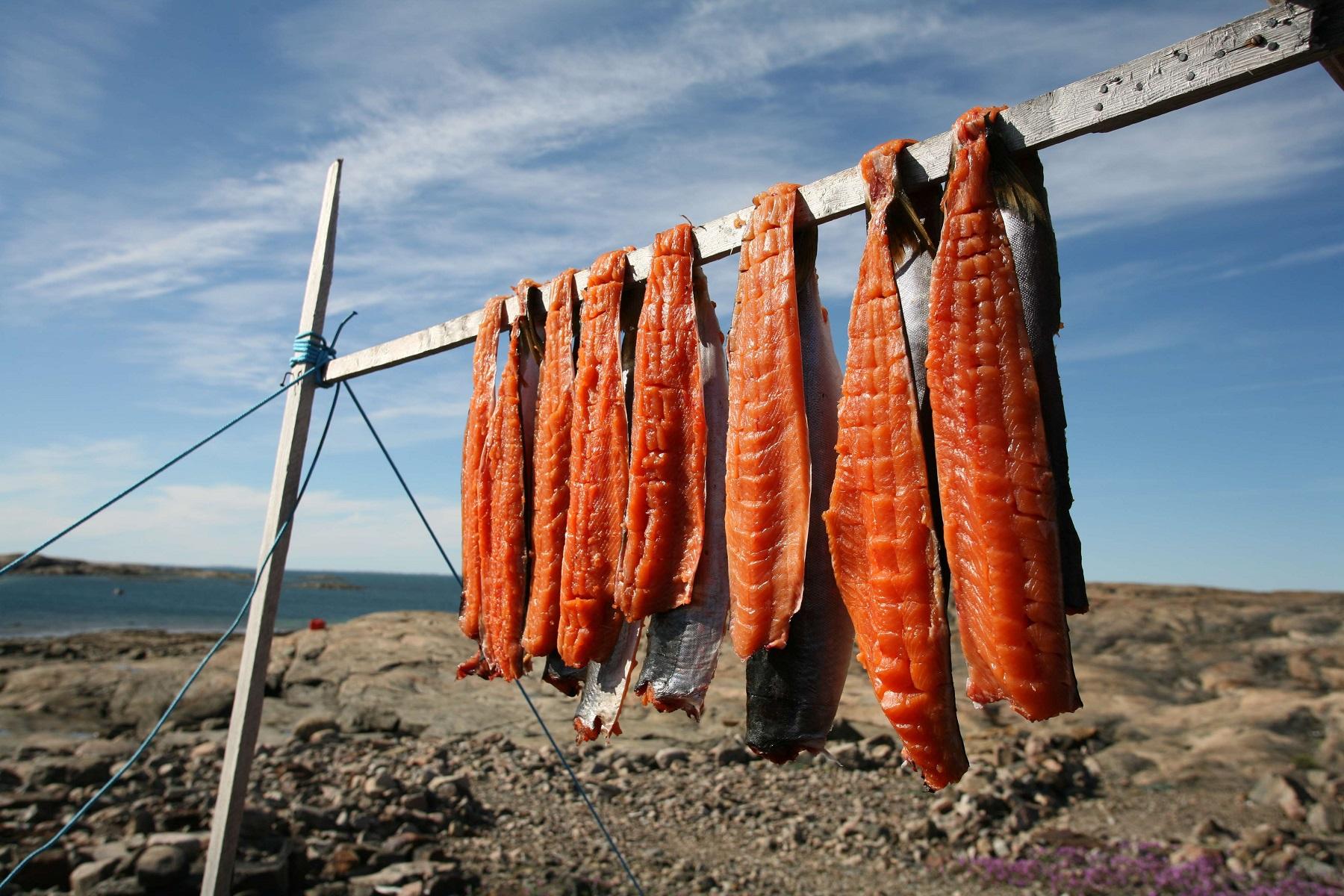
Drying char - Credit: Lee Narraway
Fishing
When it comes to angling, Nunavut offers something few other destinations can: waters full of fish that have never, ever seen a lure. The large populations of fish go largely untouched by humans, which allows them to grow to massive, record breaking sizes.
In this region, fishing has been part of everyday life for over 1,000 years. The local Inuit people have always expertly fished with harpoons and spears, with nets and even with their hands, and are now just as knowledgeable with a reel and a rod. As fishing has always been about sustenance, the fish population has remained active and healthy.
For visiting anglers, connecting with a local fishing guide means tapping into generations of knowledge. Most of Nunavut’s 26 communities will have local guides and outfitters who know the best fishing spots, be they in the ocean, rivers or lakes. Check out Nunavut Tourism's list of 13 different fishing service providers who can help you on your journey to land the big one.
You can also make your way to a number of specialty fishing lodges, many of them you can only fly in to. One great example is Nueltin, a remote series of fly-in fishing lodges that straddle the border of Manitoba and Nunavut, hundreds of miles from the nearest paved road. There, you can catch and release record-size lake trout, huge northern pike and scrappy arctic grayling.
In terms of when to plan your trip, fishing only stops in the dead of winter. Otherwise, there’s always a means of getting your line in the water. If you’re more of a fly fisherman or love the rod and reel, summer months will provide great conditions for wading in or heading out in a boat. Fall and spring months will coincide with the river spawning runs of Arctic char and the migration of young fish out to the ocean, meaning an increased quantity of fish in the fresh water. In the early spring, you can also grab your warm gloves and head out onto the ice. The Inuit people have a long tradition of ice fishing, so you’ll have plenty of opportunities to join in on the action.
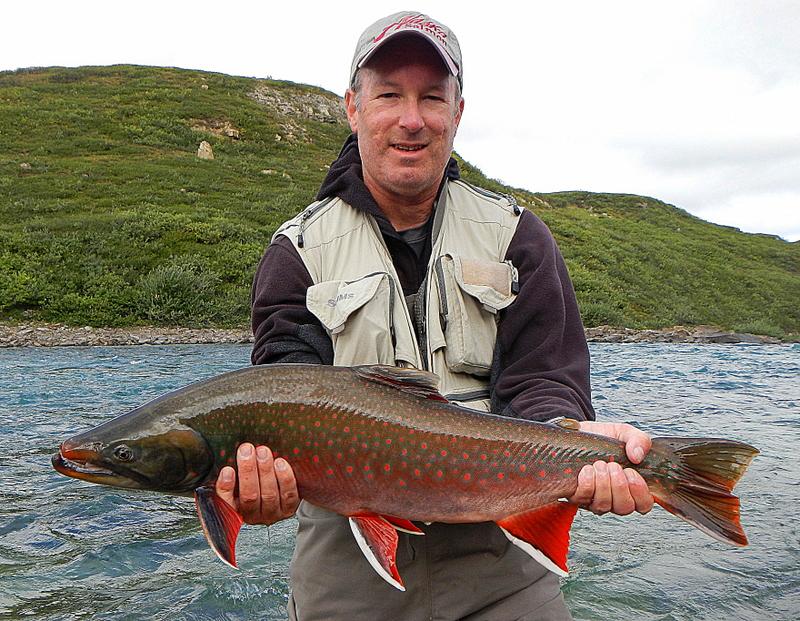
An arctic char caught in Tree River - Credit: Plummer’s Arctic Lodges - Tree River
What is there to fish?
If you’re going to catch one thing during your trip, it has to be an Arctic char. These fish are so prominent, the local word for char, “iqaluk,” just means “fish.” Arctic char can grow upwards of 30 pounds and are known to hit hard at a fly or a lure, making them a popular choice for fisherman. Most char spend their time in the sea but return to Nunavut’s freshwater rivers to spawn starting in August. There are, however, char that can be found in landlocked lakes year-round.
Aside from char, many people visit Nunavut on the hunt for lake trout. The trout will always put up a great fight, and in Nunavut they grow to trophy size. Catching fish in the 22-50 pound range is actually quite common.
The long northern pike and the smaller Arctic grayling round out the list of local fish you’re likely to encounter on any angling trip.
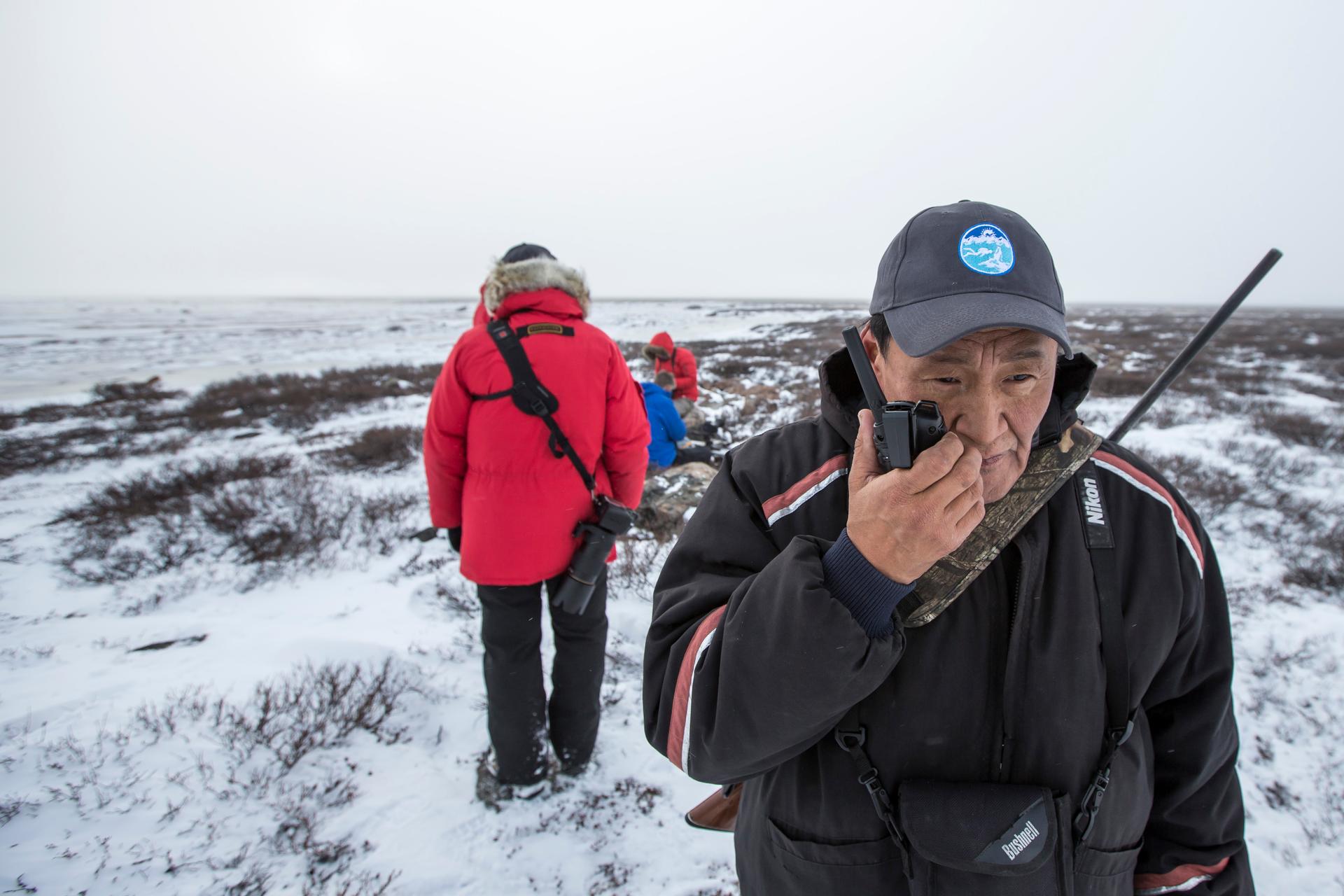
Connecting with knowledgeable local guides is key to a good hunt
Hunting
Nunavut is where hunting dreams are fulfilled, and lifelong stories are written. These wilds are filled with massive, exotic, and dangerous animals, making it a truly spectacular big game destination.
The Inuit people that inhabit Nunavut are some of the most skilled hunters in the world, and make for incredible guides. They can not only teach you about where and how to find your prize, you’ll learn about traditional hunting tactics, arctic survival techniques, and local secrets. Visitors wishing to hunt in Nunavut are required by law to use licensed outfitters and ensure they have the proper tags and permits, so check out Nunavut Tourism’s list of 10 hunting outfitters.
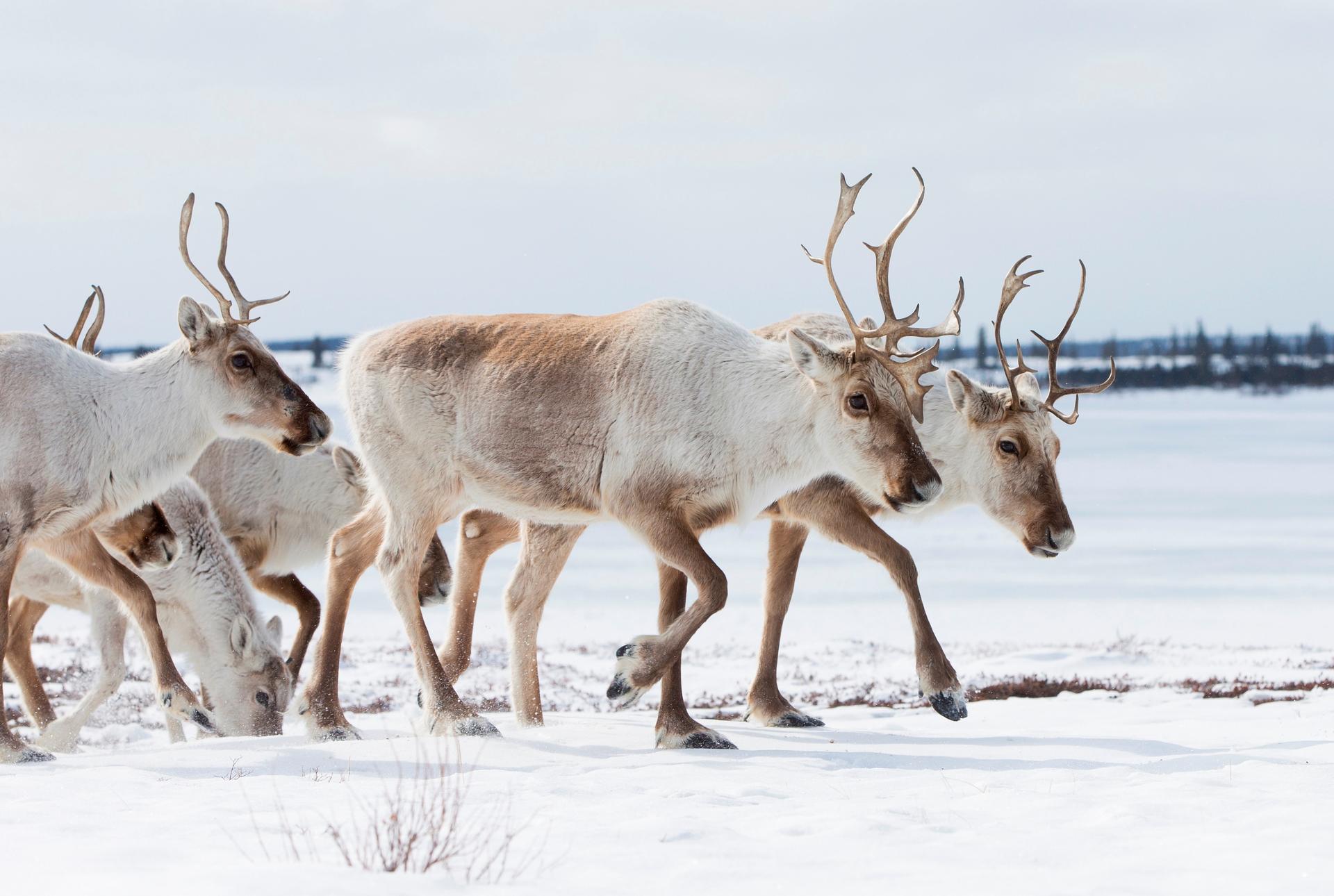
Caribou Migration Nunavut - Credit: Arctic Haven Wilderness Lodge
What is there to hunt?
Short answer: a lot.
Caribou are the most important land animals to the Inuit people, providing them with food, clothing, shelter and tools for hundreds, even thousands of years. More than 750,000 caribou travel Nunavut’s three regions and local guides know all of their migration patterns, so they won’t be hard to find.
Muskox are another popular choice for land hunters, for their size and for their prized fur. There are about 60,000 of these beasts in the territory, and most travel around in packs of 10-20. Muskox hunting trips can be organized out of a handful of local communities, including Baker Lake, Cambridge Bay and Resolute.
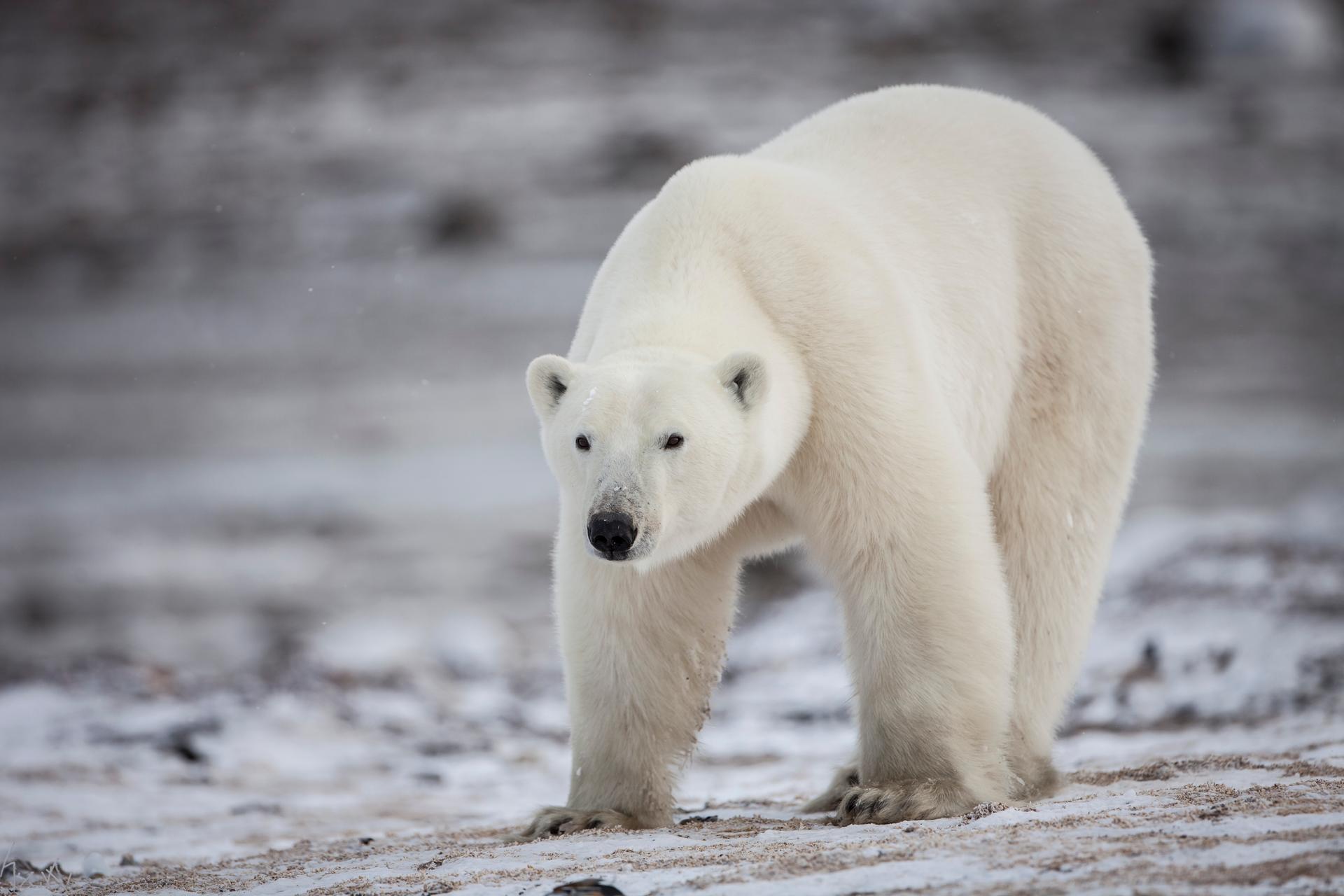
A polar bear
Perhaps the most sought after big game in Nunavut, though, is the polar bear. The world’s largest land carnivore is patient, highly intelligent, and fiercely strong. These animals can reach up to 10 feet in height and weigh over 1,500 pounds. That’s a big prize, one any hunter would be happy to land. Thankfully, there are no shortage of hunters and outfitters throughout Nunavut that organize polar bear expeditions.
Arctic wolf, hare, ptarmigan (game bird), and ground squirrel are all hunted in Nunavut as well. For something completely different, you can even hunt for walrus. These awkward giants can exceed 4,400 pounds. I’d say that qualifies as big game
Ready to land your prize? Visit Nunavut Tourism’s website to start planning your trip.
Ready to land your prize? Visit Nunavut Tourism’s website to start planning your trip.